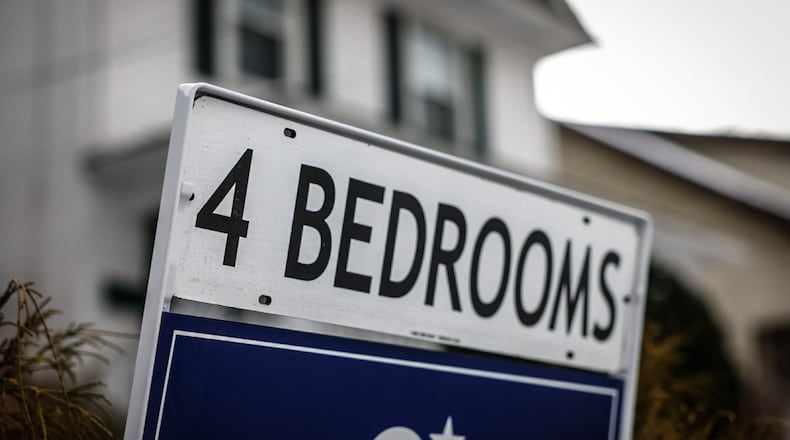“If we take 2023 as a whole ... it’s an inventory problem,” said Austin Castro, a team leader at Coldwell Banker, “Inventory is tight. There’s not as many homes out there, therefore not as many transactions, but that’s what’s keeping prices up.”
The year ended “pretty strong,” according to Kelly McCormick, president of Dayton Realtors, a realtor for 32 years, 20 of them in the Dayton area.
“With interest rates having increased (for much of) 2023, I felt that the end of the year ... we still saw good sales, although the demand did outpace the housing supply,” McCormick sad. “That gave buyers an opportunity to not be so quick in making their offers.”
December was the second consecutive month of an increase in year-over-year sales, according to Dayton Realtors, whose multiple listing service showed there were 1,088 single-family and condominium sales that month, an 0.2 % increase from December 2022.
“I think you’re going to see it again in January,” Castro said. “I think it’s contributed to two things. More largely, it’s that the consumers realize that this pricing is the new baseline. There’s not going to be some big reset, so you’re seeing people more comfortable transacting again.”
A secondary factor that will accelerate the amount of homes sold is interest rates that are easing up at the same time, Castro and McCormick said.
“When you think about what we’ve been through for the past year with home sales dropping about 11% year over year, I think you’re going to see some people starting to loosen up,” McCormick said. “There was some fear for sellers, especially Baby Boomer generational sellers, moving forward because where would they go, right? They don’t want to encounter high interest rates, so maybe they held back.”
The average sales price for 2023 was $255,834 and represented a 7% from last year. The median sales price also grew to $225,000 in 2023, an 11.4 % increase from the median sales price in2022.
The overall number of single-family homes and condominiums available in the MLS stood at 1,891 at the end of December, which represented a supply of 1.7 months based on December’s pace of sales. That’s up from December 2022, when 1,429 listings translated to a little more than one month of inventory for available listings.
Typically, the region has a three or four months supply of inventory on hand, Dayton Realtors officials previously said.
McCormick said this year should see more homes come on the market, but a housing supply shortage likely will remain with people moving into the Dayton area to take jobs and not enough houses to supply their demand. She said that could potentially lead to housing prices increasing between 1% and 5% in some areas.
The local housing market last year saw buyers making fast offers and then sometimes having “a little bit of buyer’s remorse” afterward because they felt so highly competitive with multiple offers on many properties, McCormick said.
She said the housing market tilts a bit toward a seller’s market because of housing demand amid a lack of inventory.
Castro agreed, but added that the current home buying market is not as one-sided and “reckless” as it was 18 months ago.
“We’re still seeing multiple offers to some extent, but we’re not seeing $50,000 over this price, no inspections, no appraisal. That’s not here, so it’s a much better environment to buy,” he said.
Still, homes can get snapped up off the market very quickly, Castro said. “The market’s efficient,” he said. “If you’re priced right and positioned correctly, you’re still going to sell in one day.”
Sellers likely will continue to be in a good position for the next few years until new construction catches up in the region to meet demand, McCormick said. However, Dayton and southwestern Ohio, as a whole, don’t see “the high highs and the low lows” that other markets do, she said.
“We’re a pretty stable market here,” she said. “It’s still one of the most affordable areas to live in the country.”
About the Author

